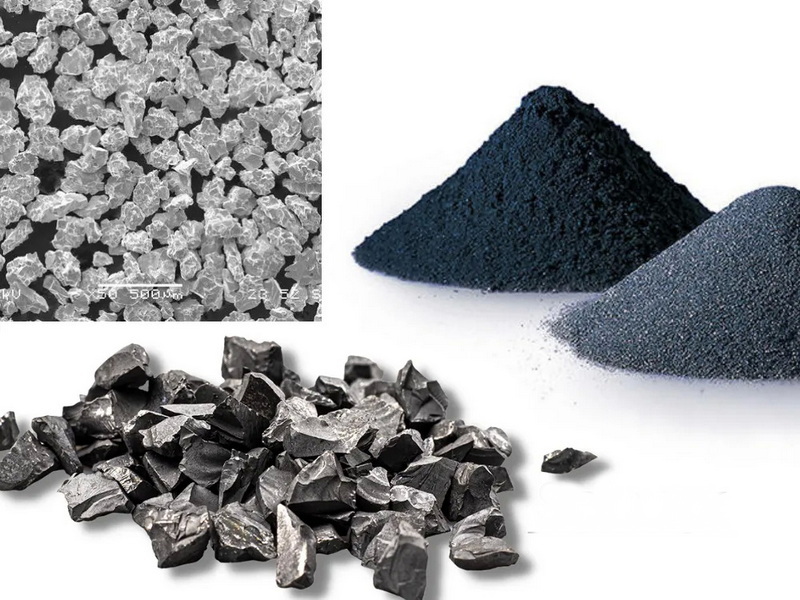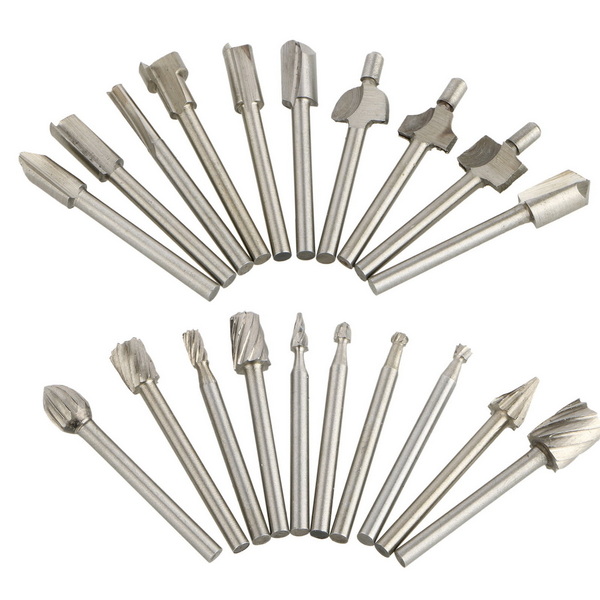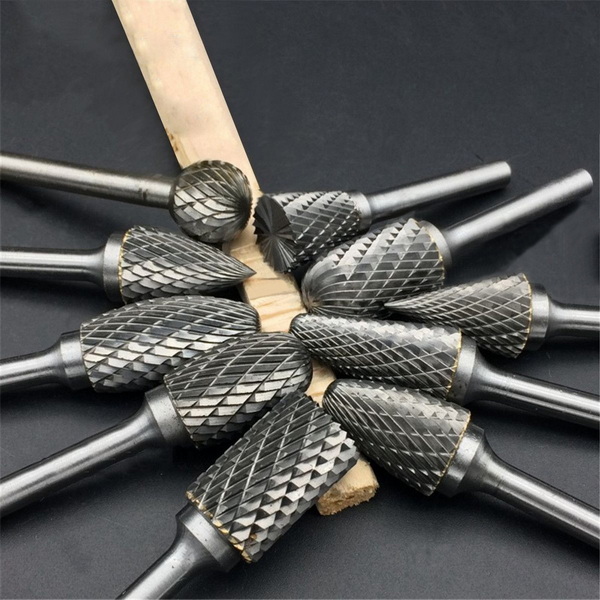Content Menu
● Introduction to Tungsten Carbide
>> Properties of Tungsten Carbide
● Applications of Tungsten Carbide
● Crushing Tungsten Carbide
>> Methods for Crushing
>> Safety Considerations
● Equipment Requirements
● Advanced Techniques for Processing Tungsten Carbide
● Environmental and Health Considerations
● Conclusion
● FAQ
>> 1. What is the hardness of tungsten carbide?
>> 2. How is tungsten carbide synthesized?
>> 3. What are the primary applications of tungsten carbide?
>> 4. How can tungsten carbide be crushed?
>> 5. What safety precautions should be taken when handling tungsten carbide?
● Citations:
Tungsten carbide is a highly durable and versatile material known for its exceptional hardness and wear resistance, making it challenging to crush or process. It is widely used in cutting tools, wear parts, and other applications where high strength and resistance to abrasion are crucial. This article will explore the properties of tungsten carbide, its applications, methods for processing or crushing it, along with safety considerations and equipment requirements.

Introduction to Tungsten Carbide
Tungsten carbide, with the chemical formula WC, is a compound made from equal parts of tungsten and carbon atoms. It is synthesized by heating tungsten metal or powder with carbon at high temperatures, typically between 1,400°C and 2,000°C. The resulting material is extremely hard, ranking about 9.0–9.5 on the Mohs scale, and has a Young's modulus of approximately 530–700 GPa, making it significantly stiffer than steel.
Properties of Tungsten Carbide
- Hardness and Strength: Tungsten carbide is comparable in hardness to corundum and approaches that of diamond, making it suitable for cutting tools and wear parts.
- Thermal Conductivity: It has a thermal conductivity of about 110 W/m·K, which is higher than many metals.
- Density: Tungsten carbide is twice as dense as steel, with a density of approximately 15.0 g/cm³.
- Corrosion Resistance: It is resistant to acids but can be attacked by hydrofluoric acid/nitric acid mixtures.
Applications of Tungsten Carbide
Tungsten carbide is used in a variety of applications due to its unique properties:
1. Cutting Tools: It is used in drill bits, saw blades, and other cutting tools due to its high hardness and wear resistance.
2. Wear Parts: Tungsten carbide is used in components that require high resistance to abrasion and erosion, such as nozzles and liners.
3. Jewelry: Its hardness and durability make it suitable for making high-quality jewelry.
4. Armor-Piercing Bullets: The high density and hardness of tungsten carbide make it ideal for armor-piercing projectiles.
Crushing Tungsten Carbide
Crushing tungsten carbide is challenging due to its extreme hardness and wear resistance. However, there are methods and equipment designed to handle such materials:
Methods for Crushing
1. High-Pressure Grinding Rolls (HPGRs): These are used in mining and mineral processing to crush hard materials efficiently. HPGRs can generate high pressures that help break down tungsten carbide particles.
2. Ball Mills: Ball mills are commonly used in grinding processes. They can be effective for crushing tungsten carbide when used with appropriate grinding media and under controlled conditions.
3. Cryogenic Grinding: This method involves cooling the material to extremely low temperatures, making it more brittle and easier to crush. However, this method is less common for tungsten carbide due to its high thermal conductivity and the complexity of the process.
Safety Considerations
- Personal Protective Equipment (PPE): Always wear protective gear, including gloves, safety glasses, and a dust mask, when handling tungsten carbide to prevent injury from sharp edges and dust.
- Ventilation: Ensure good ventilation to prevent inhalation of tungsten carbide dust, which can be harmful.
- Equipment Maintenance: Regularly inspect and maintain crushing equipment to prevent damage and ensure efficient operation.

Equipment Requirements
Crushing tungsten carbide requires specialized equipment that can withstand its hardness and wear resistance:
1. Hardened Steel Components: Many crushing machines use hardened steel components to minimize wear.
2. Ceramic or Diamond-Coated Parts: Some equipment may incorporate ceramic or diamond-coated parts to enhance durability when processing extremely hard materials like tungsten carbide.
Advanced Techniques for Processing Tungsten Carbide
In addition to traditional crushing methods, advanced techniques are being developed to improve efficiency and reduce costs:
1. Laser Processing: Laser cutting and drilling can be used to precision-cut tungsten carbide parts without generating excessive heat or wear on tools.
2. Electrical Discharge Machining (EDM): EDM is a non-traditional machining process that uses electrical discharges to erode material, allowing for precise shaping of tungsten carbide parts.
3. Ultrasonic Machining: This method uses high-frequency vibrations to remove material, which can be effective for intricate designs and precision parts.
Environmental and Health Considerations
The processing of tungsten carbide can have environmental and health implications:
- Dust Control: Tungsten carbide dust can be harmful if inhaled. Proper ventilation and dust collection systems are essential to minimize exposure.
- Waste Management: Disposal of tungsten carbide waste should be handled according to environmental regulations to prevent contamination.
Conclusion
Tungsten carbide is a highly durable material that presents significant challenges when it comes to crushing or processing. Its exceptional hardness and wear resistance make it ideal for various industrial applications but require specialized equipment and methods for effective processing. Understanding the properties and applications of tungsten carbide is crucial for developing efficient processing techniques.

FAQ
1. What is the hardness of tungsten carbide?
Tungsten carbide is extremely hard, ranking about 9.0–9.5 on the Mohs scale, which is comparable to corundum and approaches that of diamond.
2. How is tungsten carbide synthesized?
Tungsten carbide is synthesized by heating tungsten metal or powder with carbon at high temperatures, typically between 1,400°C and 2,000°C.
3. What are the primary applications of tungsten carbide?
Tungsten carbide is primarily used in cutting tools, wear parts, jewelry, and armor-piercing bullets due to its hardness and wear resistance.
4. How can tungsten carbide be crushed?
Tungsten carbide can be crushed using high-pressure grinding rolls (HPGRs), ball mills, or cryogenic grinding methods, each requiring specialized equipment and safety precautions.
5. What safety precautions should be taken when handling tungsten carbide?
When handling tungsten carbide, it is essential to wear personal protective equipment (PPE), ensure good ventilation, and maintain equipment regularly to prevent damage and exposure to harmful dust.
Citations:
[1] https://en.wikipedia.org/wiki/Tungsten_carbide
[2] https://www.carbideprobes.com/wp-content/uploads/2019/07/TungstenCarbideDataSheet.pdf
[3] https://carbideprocessors.com/pages/carbide-parts/tungsten-carbide-properties.html
[4] https://www.britannica.com/science/tungsten-carbide
[5] https://www.imetra.com/tungsten-carbide-material-properties/
[6] https://www.azom.com/properties.aspx?ArticleID=1203
[7] https://www.matweb.com/search/DataSheet.aspx?MatGUID=e68b647b86104478a32012cbbd5ad3ea
[8] https://www.azom.com/article.aspx?ArticleID=1203
















